Home>Construction & Tools>Building Materials>What Is A Brick Tie
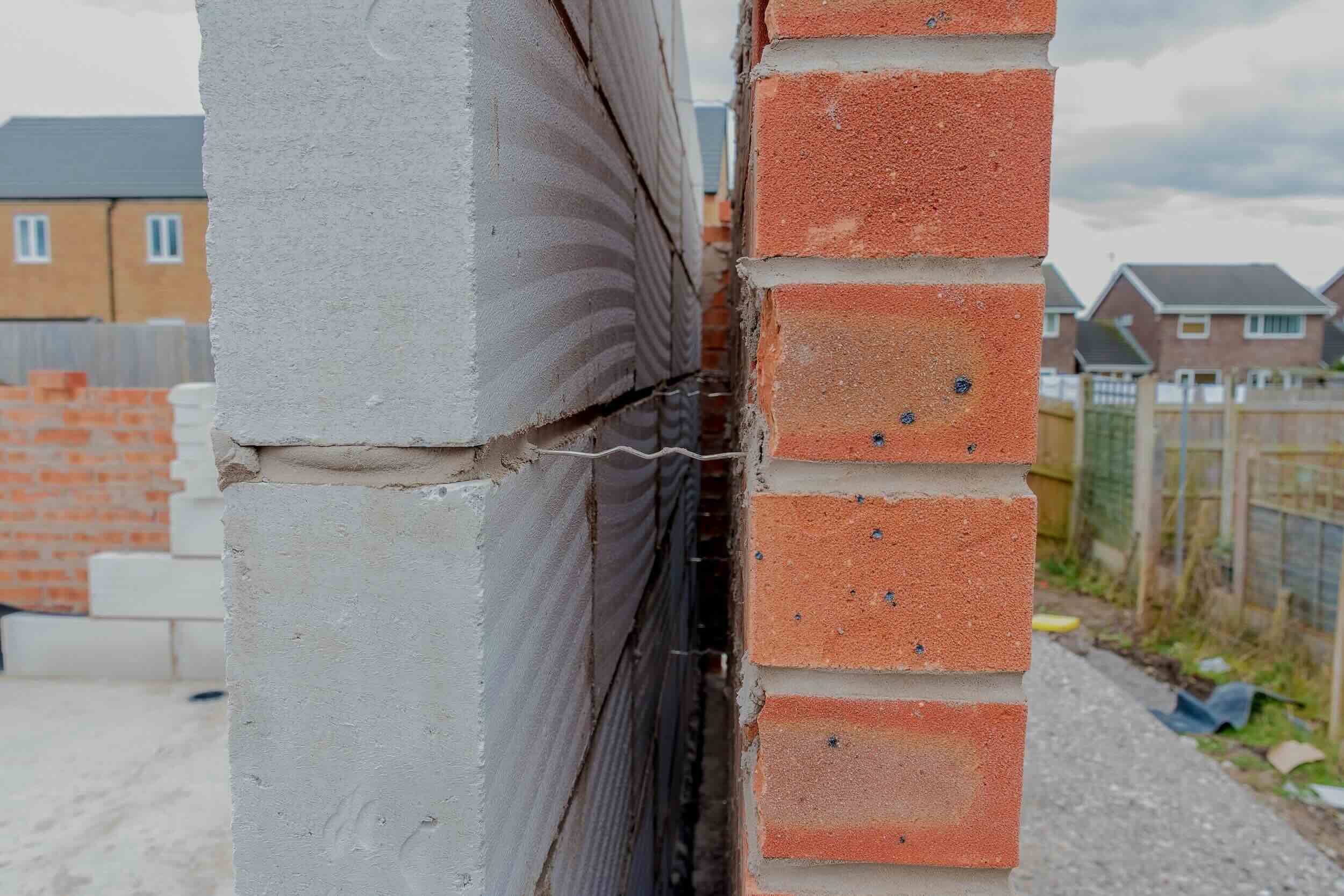

Building Materials
What Is A Brick Tie
Modified: August 30, 2024
Learn about the importance of brick ties in construction and how they contribute to the stability of buildings. Explore the role of this essential building material in ensuring structural integrity.
(Many of the links in this article redirect to a specific reviewed product. Your purchase of these products through affiliate links helps to generate commission for Storables.com, at no extra cost. Learn more)
Introduction
Welcome to the world of construction, where every element plays a crucial role in ensuring the structural integrity and longevity of a building. In this article, we delve into the essential component known as a brick tie. As a fundamental part of masonry construction, brick ties serve a vital function in connecting the brick cladding to the structural framework of a building. Understanding the significance of brick ties is indispensable for architects, builders, and anyone with an interest in the construction industry. Let’s explore the definition, purpose, types, installation, and importance of brick ties to gain a comprehensive understanding of their role in construction.
Key Takeaways:
- Brick ties are small but mighty connectors that keep the outer brick or stone veneer of a building securely attached to the structural framework, preventing separation and ensuring stability.
- By distributing loads, preventing wall failure, and enhancing weather resistance, brick ties play a crucial role in maintaining the structural integrity and longevity of masonry buildings, making them indispensable in construction.
Read more: How Do Brick Ties Work
Definition of a Brick Tie
A brick tie, also known as a wall tie, is a crucial component used in masonry construction to connect the brick or stone veneer to the structural framework of a building. Essentially, it is a small piece of material, often metal, that serves as a connector between the outer masonry layer and the inner structural elements, such as wood or steel framing. This connection is vital for ensuring the stability and safety of the building, as it prevents the outer masonry from separating or collapsing.
Brick ties are designed to withstand various forces, including wind loads, seismic activity, and the natural expansion and contraction of building materials due to temperature changes. They are strategically placed within the mortar joints between the bricks or stones, creating a secure link between the masonry cladding and the building’s framework.
Furthermore, brick ties are available in a variety of materials, including galvanized steel, stainless steel, and even composite materials. The choice of material depends on factors such as the building’s location, environmental conditions, and the specific requirements of the construction project.
Understanding the role and characteristics of brick ties is essential for ensuring the structural integrity and durability of masonry buildings. As we delve deeper into the purpose, types, and installation of brick ties, we will uncover the significance of this seemingly small yet indispensable component in construction.
Purpose of Brick Ties
The primary purpose of brick ties in construction is to create a secure and durable connection between the outer masonry cladding and the building’s structural framework. This connection serves several crucial functions that contribute to the overall stability and longevity of the structure.
Prevention of Wall Separation: One of the key roles of brick ties is to prevent the separation of the masonry cladding from the building’s framework. Without proper ties, the outer brick or stone veneer could potentially pull away from the structure, leading to structural instability and safety hazards. Brick ties effectively anchor the masonry to the building, ensuring that it remains firmly attached even under external forces such as wind or seismic activity.
Distribution of Loads: Brick ties play a vital role in distributing the loads and forces acting on the masonry cladding across the building’s framework. By providing a secure connection, they help transfer the weight and pressure exerted on the exterior walls to the underlying structure, thereby preventing localized stress points and potential damage to the masonry.
Prevention of Cracking and Movement: In addition to securing the masonry cladding, brick ties help minimize the risk of cracking and movement in the exterior walls. By maintaining a stable connection between the outer veneer and the building’s framework, brick ties contribute to the overall structural integrity of the construction, reducing the likelihood of unsightly and potentially damaging cracks in the masonry.
Enhanced Weather Resistance: Properly installed brick ties help enhance the weather resistance of the building envelope. By securing the masonry cladding in place, they mitigate the risk of water infiltration and moisture-related damage, thus contributing to the long-term durability of the structure.
Overall, the purpose of brick ties is to ensure the cohesive integration of the masonry cladding with the building’s structural system, promoting stability, safety, and resilience in the face of environmental and structural stresses. As we explore the various types and installation methods of brick ties, we gain a deeper appreciation for their indispensable role in construction.
Types of Brick Ties
Brick ties come in a variety of types, each designed to meet specific construction requirements and accommodate different building materials and structural considerations. Understanding the various types of brick ties is essential for selecting the most suitable option based on the project’s needs and the characteristics of the construction site. Here are some common types of brick ties:
- Metal Brick Ties: Metal brick ties, typically made of galvanized or stainless steel, are widely used in masonry construction. These ties are known for their durability, corrosion resistance, and ability to withstand the significant loads and forces acting on the masonry cladding. Metal brick ties are available in various designs, including adjustable ties, screw-in ties, and helical ties, offering versatility in accommodating different wall configurations and structural systems.
- Composite Brick Ties: Composite brick ties are constructed from materials such as fiberglass-reinforced polymers or carbon fiber composites. These ties offer lightweight and corrosion-resistant alternatives to traditional metal ties. Composite brick ties are particularly suitable for applications where non-conductive or non-corrosive materials are required, such as in buildings with specific environmental or structural considerations.
- Corrugated Brick Ties: Corrugated brick ties feature a unique design with corrugations or ridges along their length, providing enhanced grip and stability when embedded in the mortar joints. These ties are known for their ability to accommodate movement and expansion in the masonry, making them suitable for regions prone to temperature variations and seismic activity.
- Twist Ties: Twist ties, also known as butterfly ties, are designed with a twisted or helical shape, offering increased resistance to pull-out forces. These ties are often used in conjunction with insulation materials or in situations where additional anchoring strength is required to secure the masonry cladding.
Each type of brick tie offers unique benefits and is suitable for specific construction scenarios. The selection of brick ties depends on factors such as the building’s location, environmental conditions, structural design, and the type of masonry cladding being used. By understanding the characteristics and applications of different brick tie types, construction professionals can make informed decisions to ensure the effective and reliable integration of the masonry with the building’s framework.
When installing brick ties, make sure they are spaced no more than 24 inches apart vertically and 32 inches apart horizontally to ensure proper support for the brick veneer.
Installation of Brick Ties
The proper installation of brick ties is critical to ensuring the stability, safety, and long-term performance of the masonry cladding in a construction project. The process of installing brick ties involves several key steps, each aimed at securely anchoring the masonry to the building’s framework while accommodating potential movement and environmental factors. Here is an overview of the typical installation process for brick ties:
- Planning and Layout: Before installing brick ties, careful planning and layout are essential. The spacing, positioning, and quantity of brick ties should be determined based on the specific requirements of the building design, the type of masonry cladding, and the structural considerations. Additionally, the location of windows, doors, and other architectural features must be taken into account to ensure the even distribution of brick ties across the exterior walls.
- Preparation of Mortar Joints: The mortar joints in the masonry are prepared to receive the brick ties. Openings or spaces are created in the mortar joints at predetermined intervals to accommodate the insertion of the ties. Care is taken to ensure that the mortar is properly mixed and applied to provide a secure and stable base for the brick ties.
- Insertion of Brick Ties: Once the mortar joints are prepared, the brick ties are carefully inserted, ensuring that they are fully embedded and anchored in the mortar. The type of brick tie and the specific installation method dictate the depth and orientation of the ties within the masonry. Proper alignment and spacing between the ties are crucial to achieving uniform support and stability for the masonry cladding.
- Secure Attachment to Framework: The ends of the brick ties are securely attached to the building’s structural framework, such as wood or steel studs. This attachment ensures that the masonry cladding is firmly connected to the building, preventing separation or displacement, especially under external forces such as wind or seismic activity.
- Verification and Adjustment: After the brick ties are installed, a thorough verification process is conducted to ensure that they are securely in place and properly integrated with the masonry and the building’s framework. Any necessary adjustments or reinforcements are made to address potential issues and ensure the overall stability and reliability of the brick tie system.
Proper installation of brick ties requires precision, attention to detail, and adherence to industry standards and best practices. By following the recommended installation procedures and considering the specific requirements of the construction project, builders and contractors can effectively integrate brick ties into the masonry construction, contributing to the structural integrity and resilience of the building.
Read more: What Is A Tie In Construction
Importance of Brick Ties in Construction
Brick ties play a pivotal role in the construction industry, offering essential benefits that contribute to the stability, safety, and longevity of masonry buildings. Understanding the importance of brick ties is crucial for architects, builders, and construction professionals, as it underscores the significance of this seemingly small component in ensuring the structural integrity of a building. Here are several key reasons why brick ties are indispensable in construction:
- Structural Stability: Brick ties provide crucial support and anchoring for the masonry cladding, ensuring that it remains securely connected to the building’s framework. This structural stability is essential for withstanding external forces such as wind loads and seismic activity, thereby enhancing the overall resilience of the building.
- Prevention of Wall Failure: By preventing the separation or displacement of the masonry cladding, brick ties help mitigate the risk of wall failure and structural instability. This is particularly critical in regions prone to high winds, extreme weather conditions, or seismic events, where the secure attachment of the masonry to the building’s framework is paramount for safety and durability.
- Load Distribution: Brick ties contribute to the effective distribution of loads and forces across the masonry and the building’s structural system. By transferring the weight and pressure exerted on the exterior walls to the underlying framework, brick ties help minimize localized stress points and potential damage, promoting the overall structural soundness of the construction.
- Movement Accommodation: In regions with temperature variations and seismic activity, masonry buildings are subject to movement and expansion. Brick ties are designed to accommodate this movement, allowing the masonry cladding to adjust while maintaining a secure connection to the building’s framework. This flexibility helps prevent cracking and damage to the masonry over time.
- Weather Resistance: Properly installed brick ties contribute to the weather resistance of the building envelope, preventing water infiltration and moisture-related damage to the masonry. This is essential for preserving the aesthetic appeal and structural integrity of the building, as well as for minimizing the risk of mold or deterioration caused by moisture exposure.
Overall, the importance of brick ties in construction cannot be overstated. From ensuring structural stability and load distribution to accommodating movement and enhancing weather resistance, brick ties are integral to the performance and longevity of masonry buildings. By recognizing and prioritizing the role of brick ties in construction, industry professionals can uphold the highest standards of safety, durability, and quality in their building projects.
Conclusion
In conclusion, the significance of brick ties in construction cannot be understated. These unassuming yet crucial components play a vital role in connecting the masonry cladding to the structural framework of a building, ensuring stability, safety, and resilience in the face of external forces and environmental factors. From their role in preventing wall separation to their contribution to load distribution and weather resistance, brick ties are indispensable for the structural integrity and longevity of masonry buildings.
Understanding the definition, purpose, types, installation, and importance of brick ties provides valuable insights for architects, builders, and construction professionals. The diverse types of brick ties, including metal, composite, corrugated, and twist ties, offer versatile solutions to accommodate different construction requirements and building materials. Moreover, the meticulous installation of brick ties, including planning, mortar preparation, and secure attachment to the framework, is essential for ensuring their effective integration into the masonry construction.
As the construction industry continues to evolve, the importance of prioritizing the proper selection and installation of brick ties becomes increasingly evident. By recognizing the role of brick ties in promoting structural stability, preventing wall failure, and enhancing weather resistance, construction professionals can uphold the highest standards of safety and quality in their building projects.
Ultimately, the comprehensive understanding of brick ties empowers industry professionals to make informed decisions, implement best practices, and uphold the integrity of masonry buildings. With a steadfast commitment to the proper utilization and installation of brick ties, the construction industry can continue to build resilient, durable, and aesthetically pleasing structures that stand the test of time.
Frequently Asked Questions about What Is A Brick Tie
Was this page helpful?
At Storables.com, we guarantee accurate and reliable information. Our content, validated by Expert Board Contributors, is crafted following stringent Editorial Policies. We're committed to providing you with well-researched, expert-backed insights for all your informational needs.

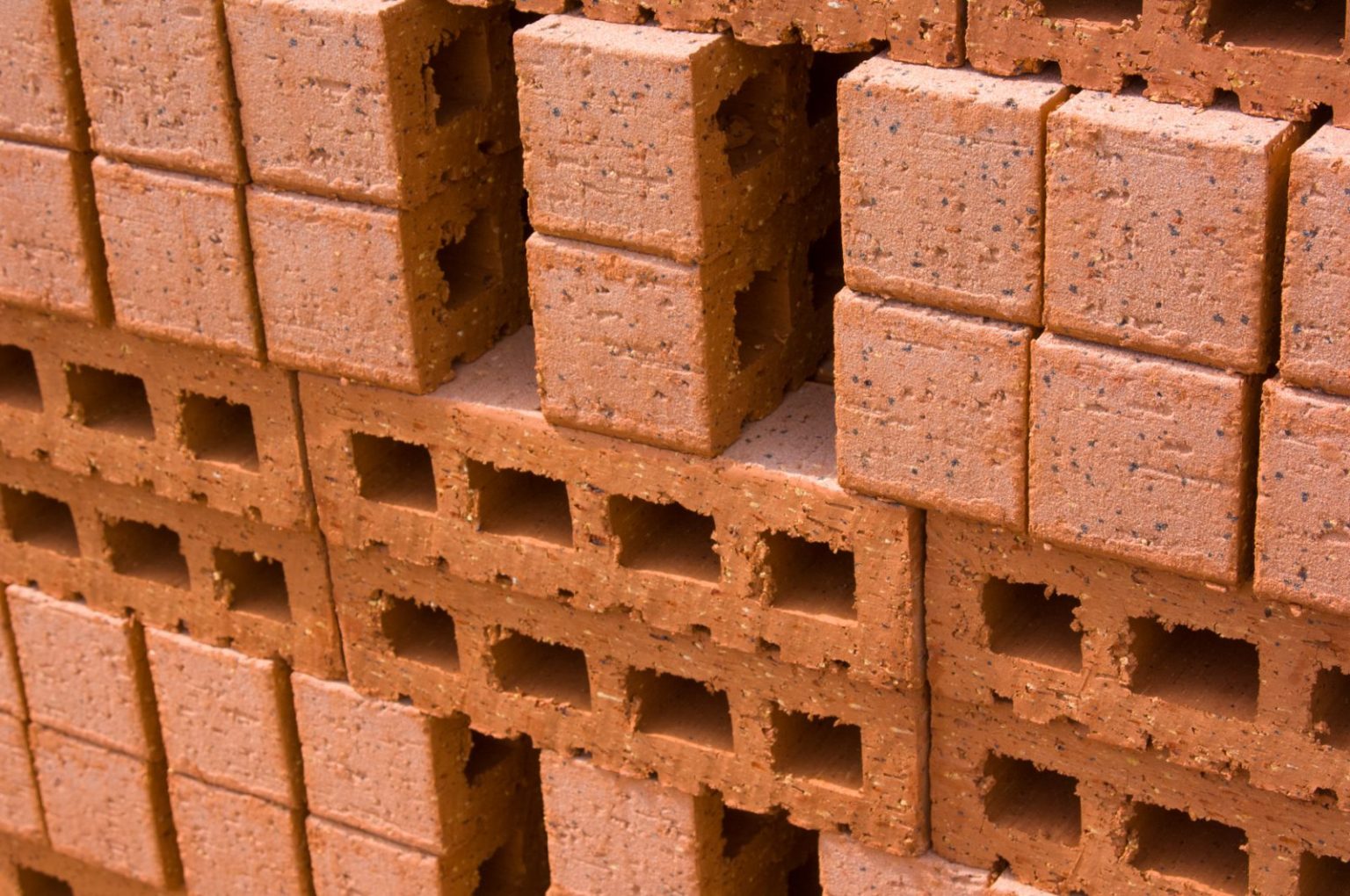
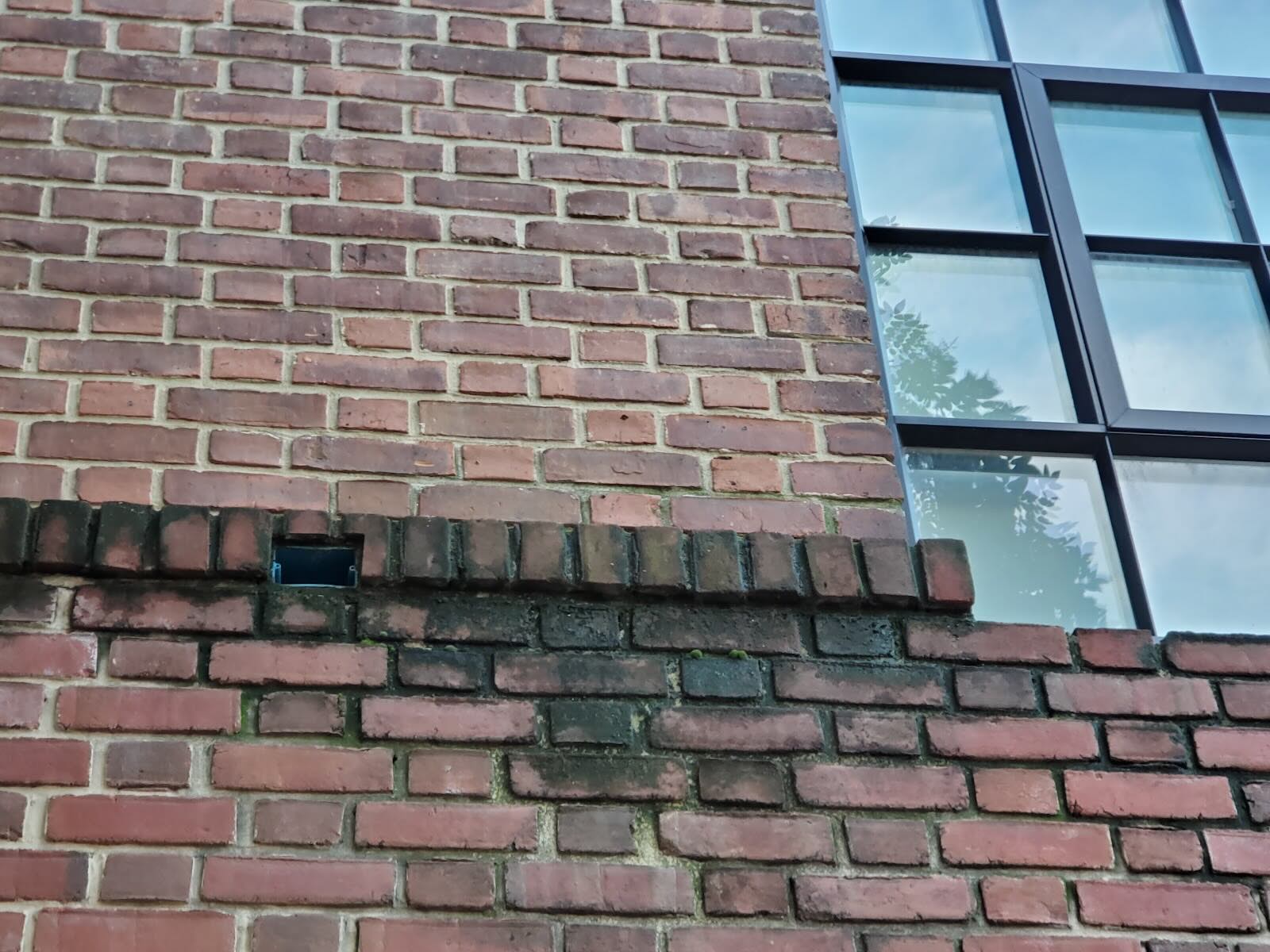
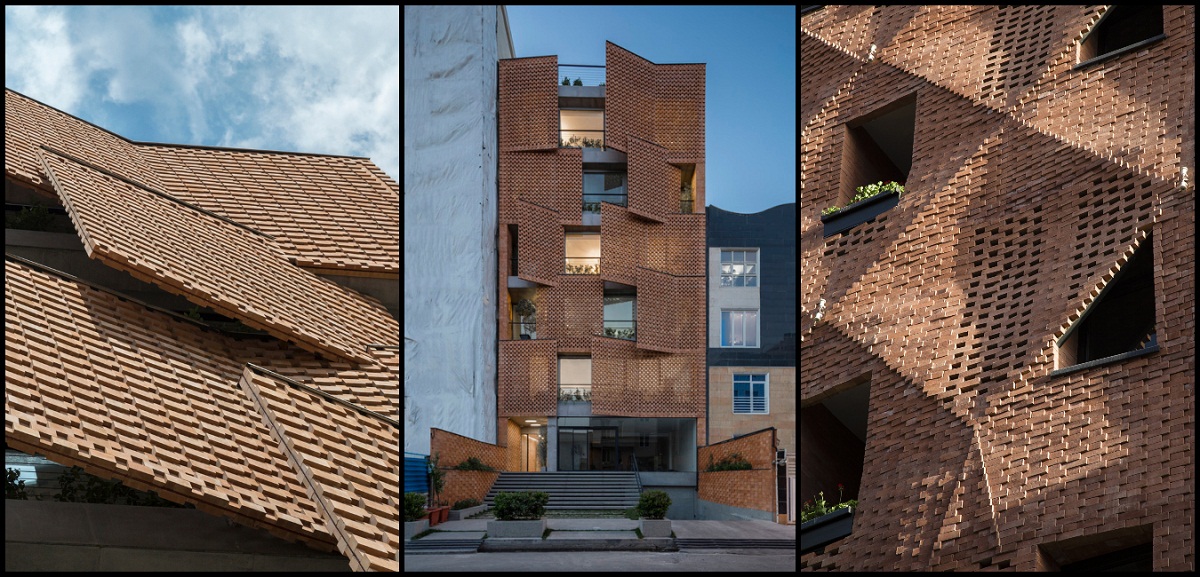
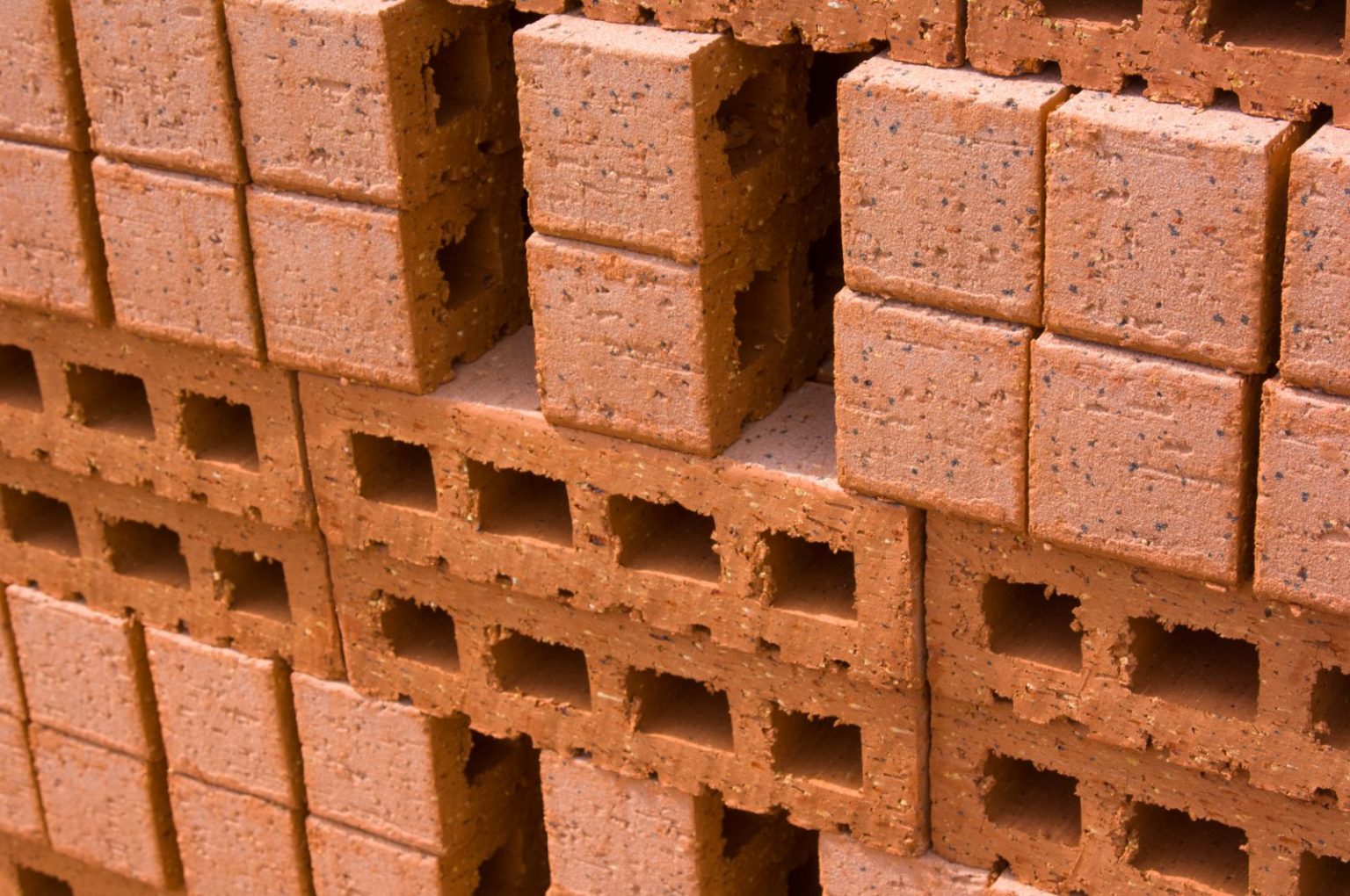
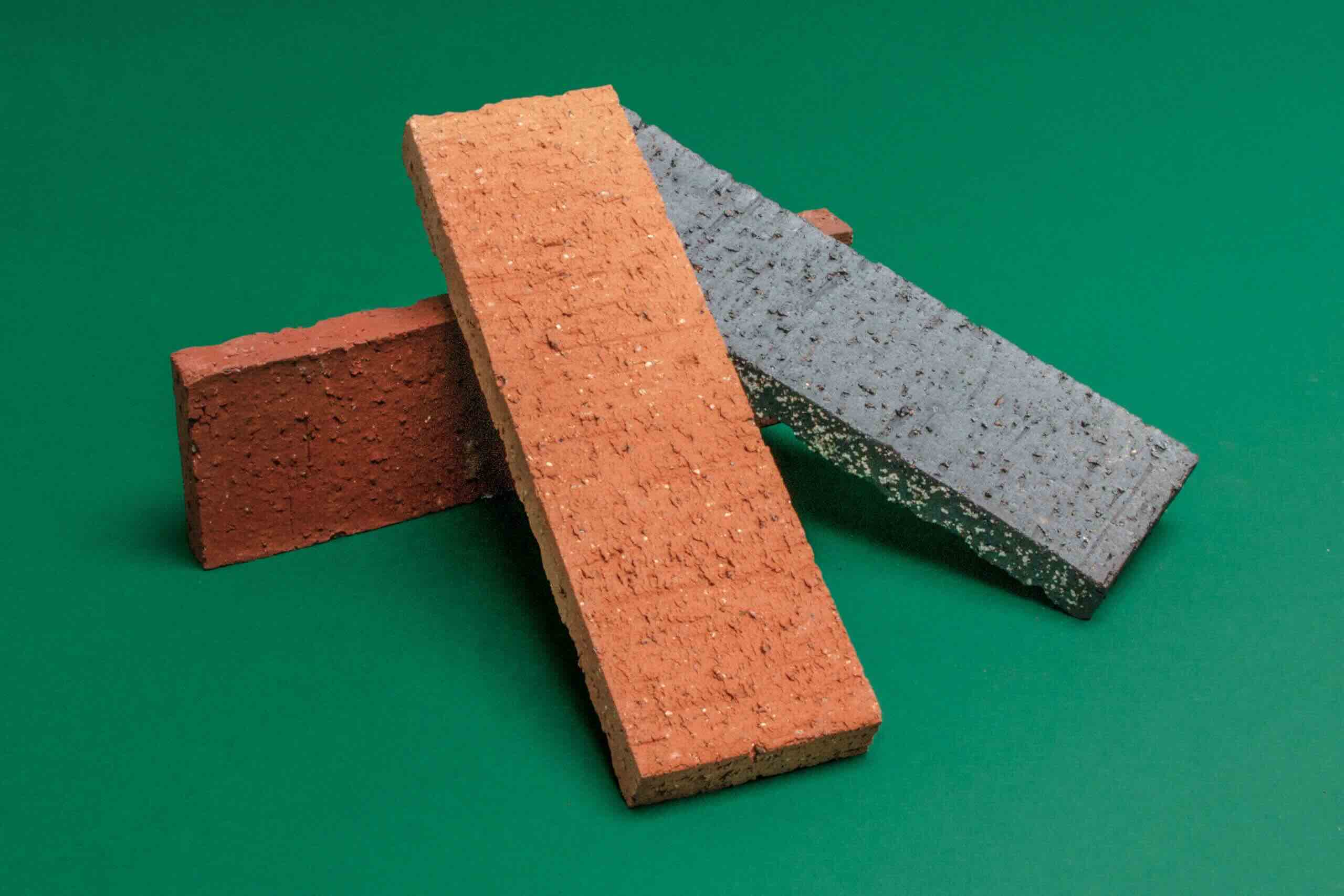
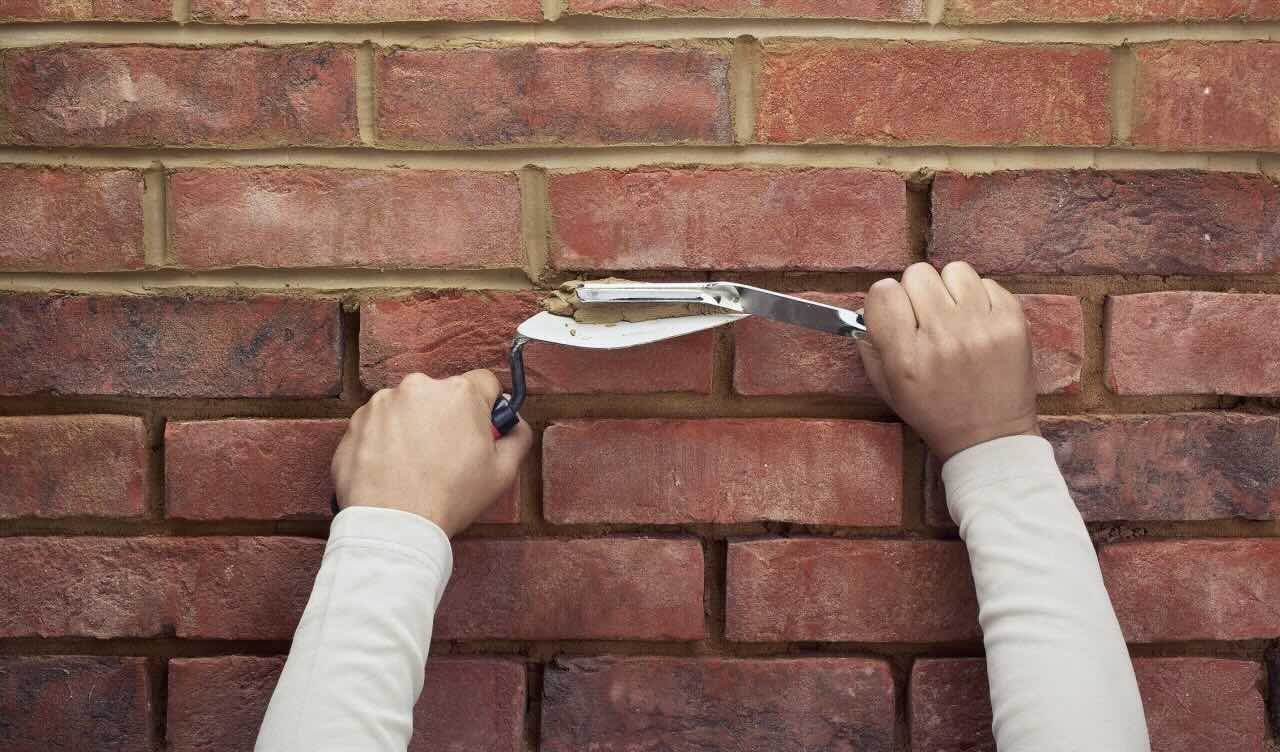

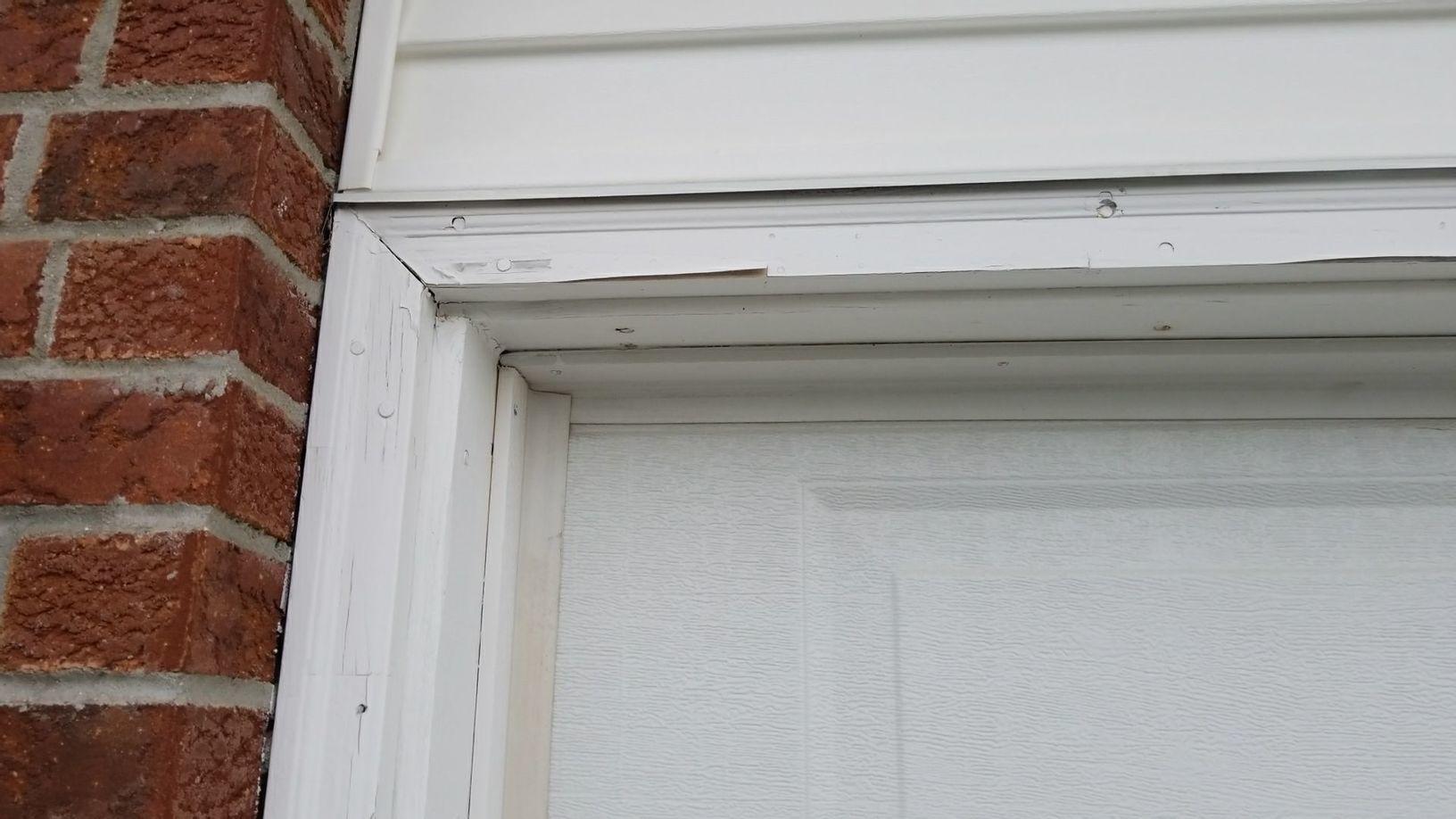
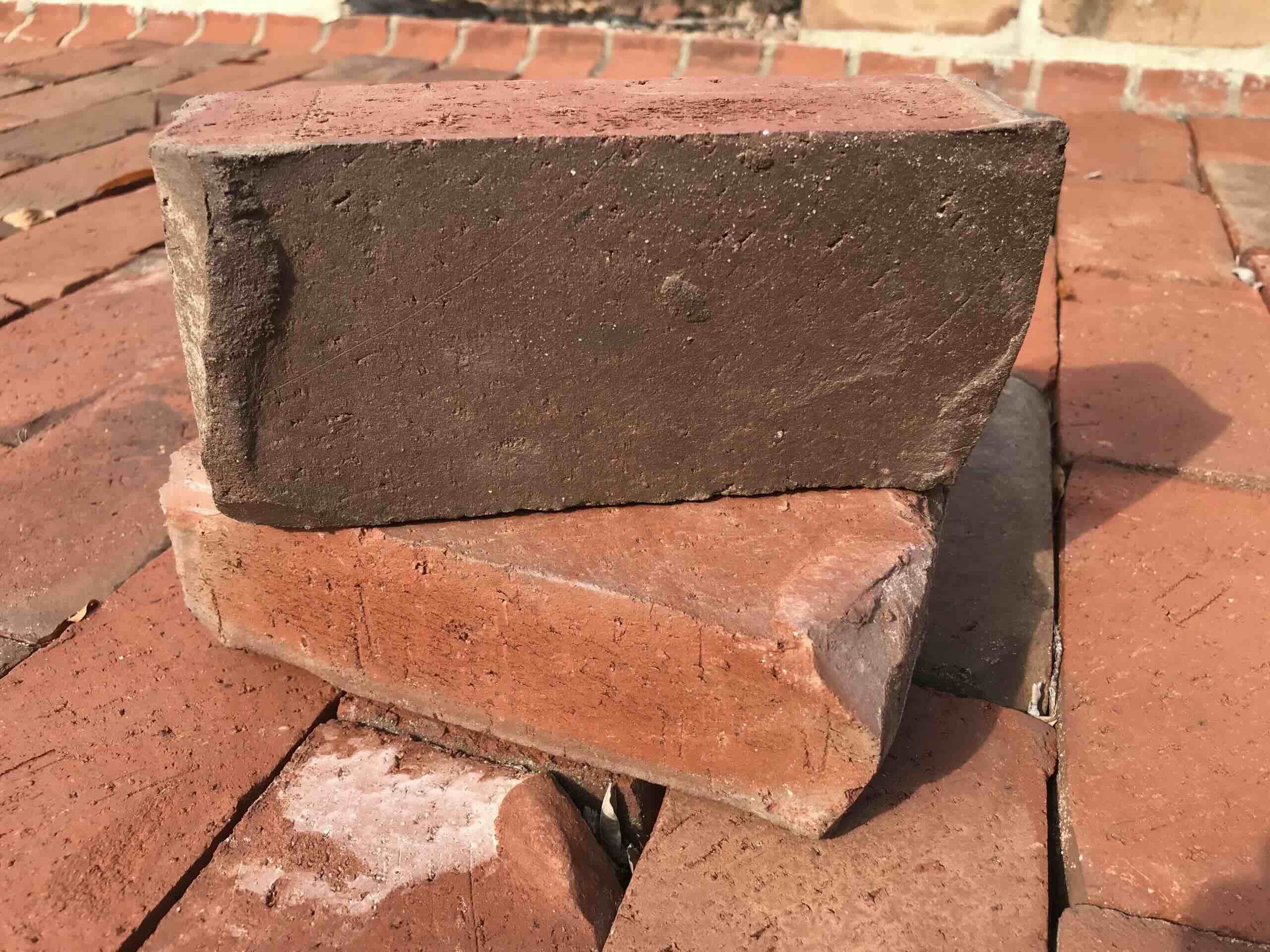
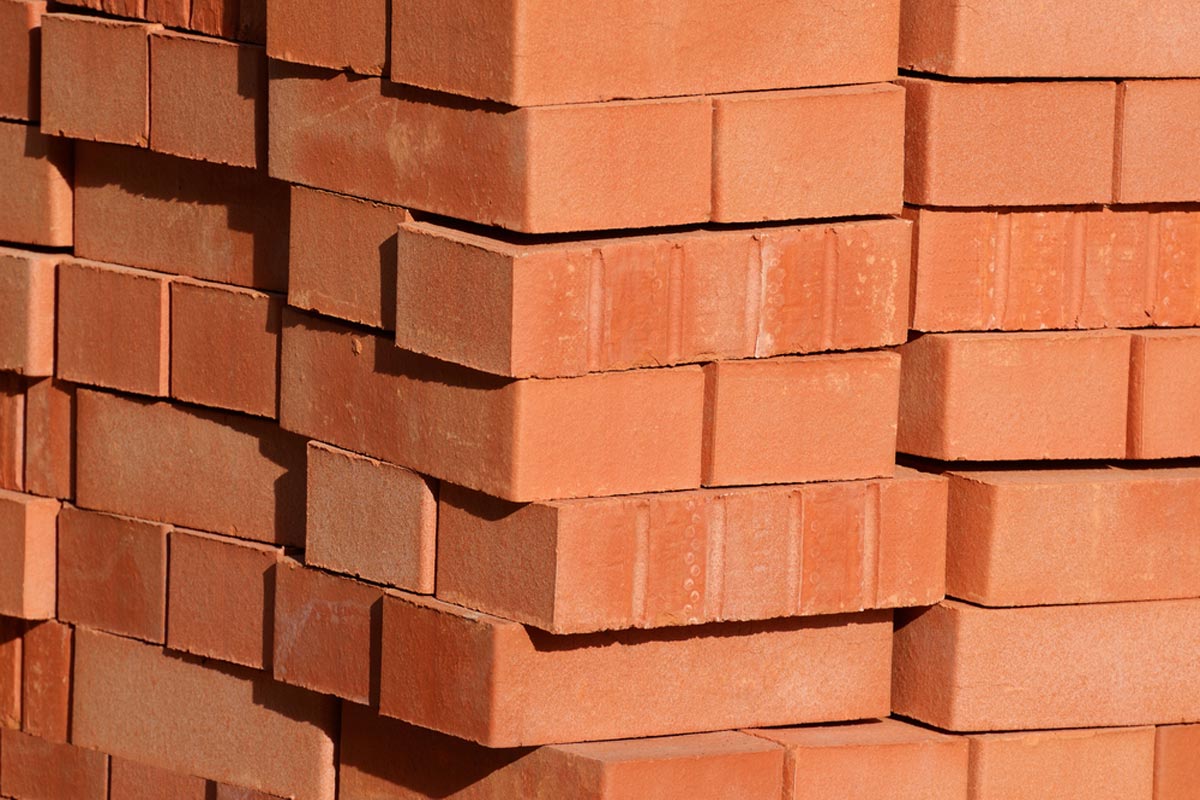
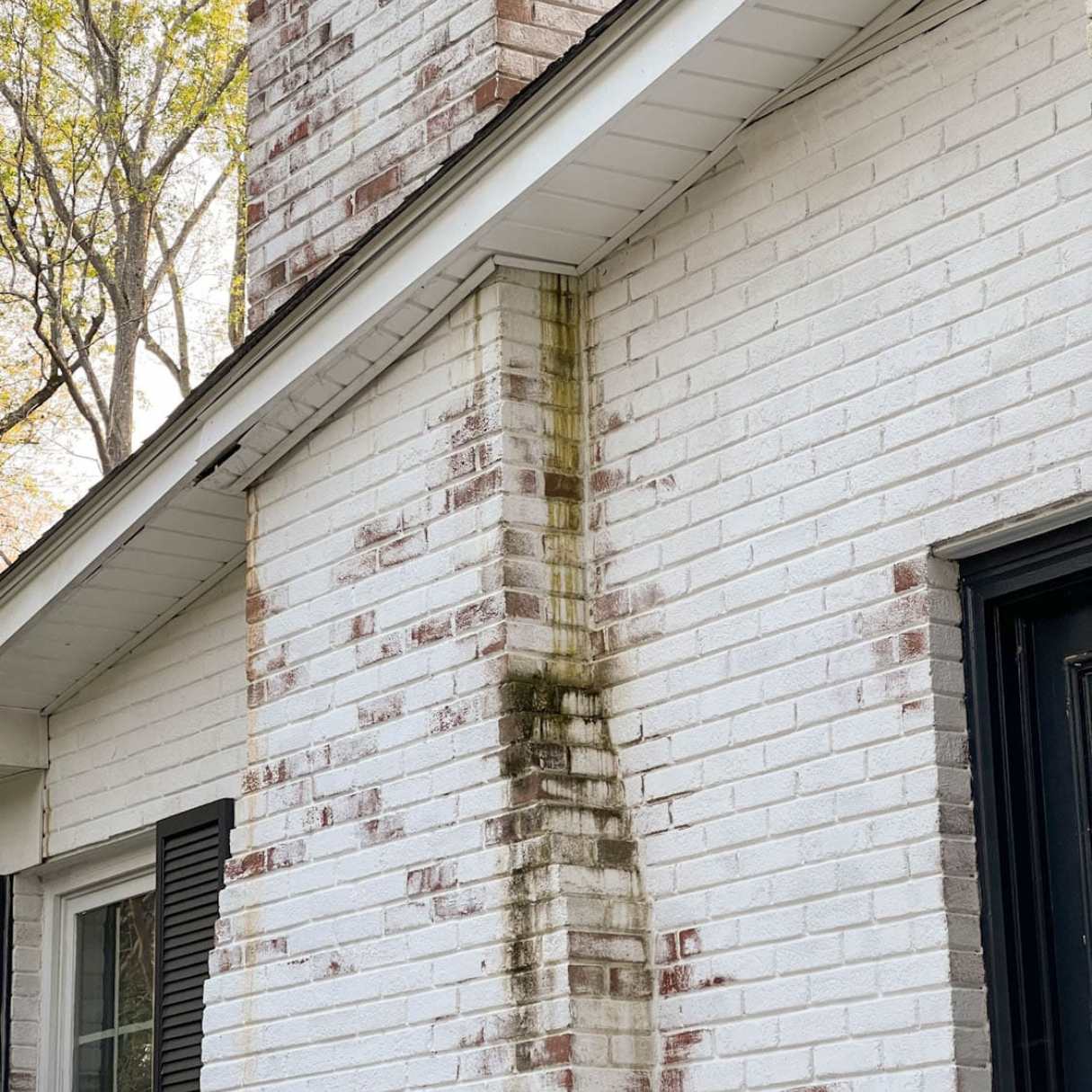
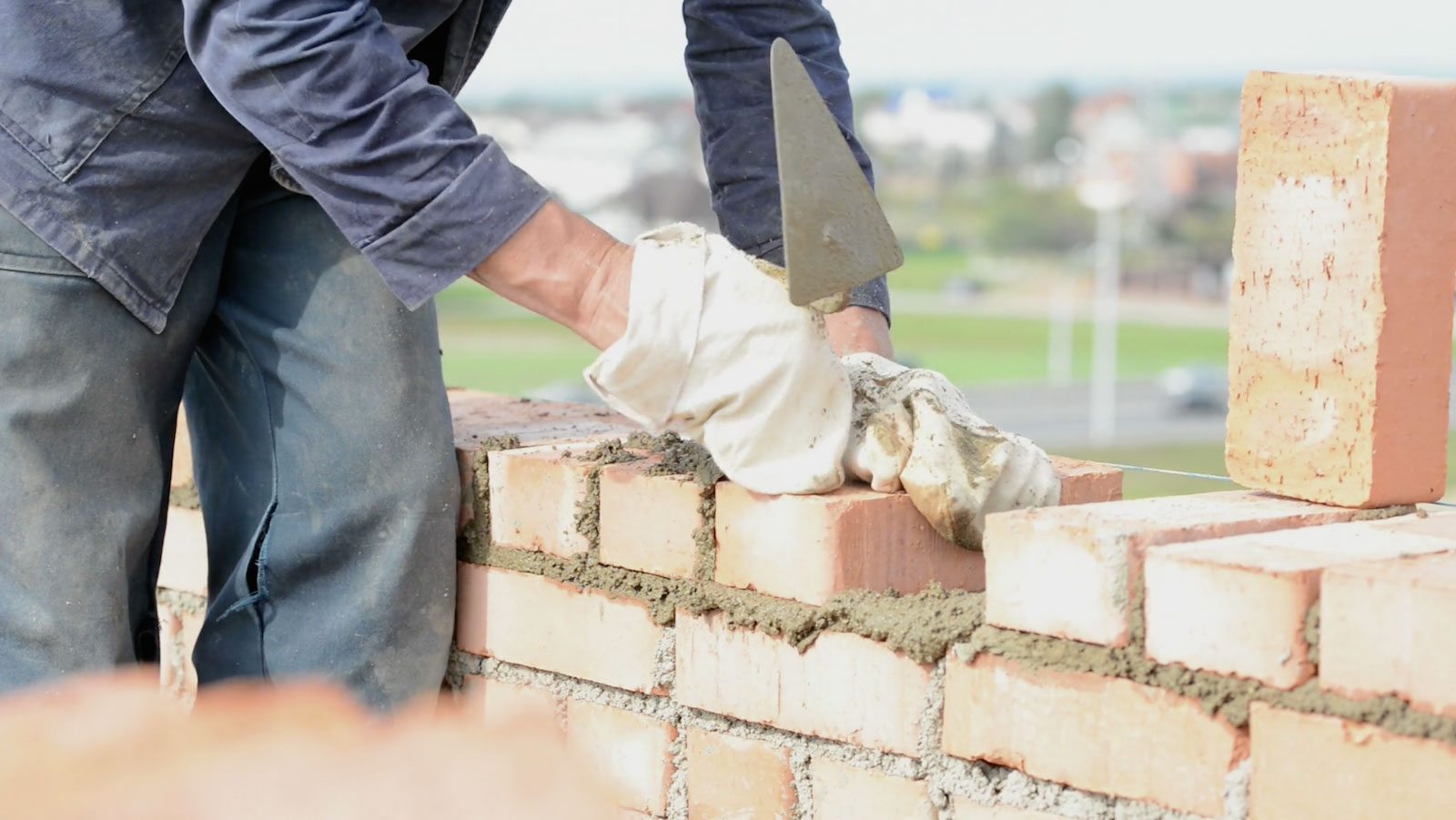
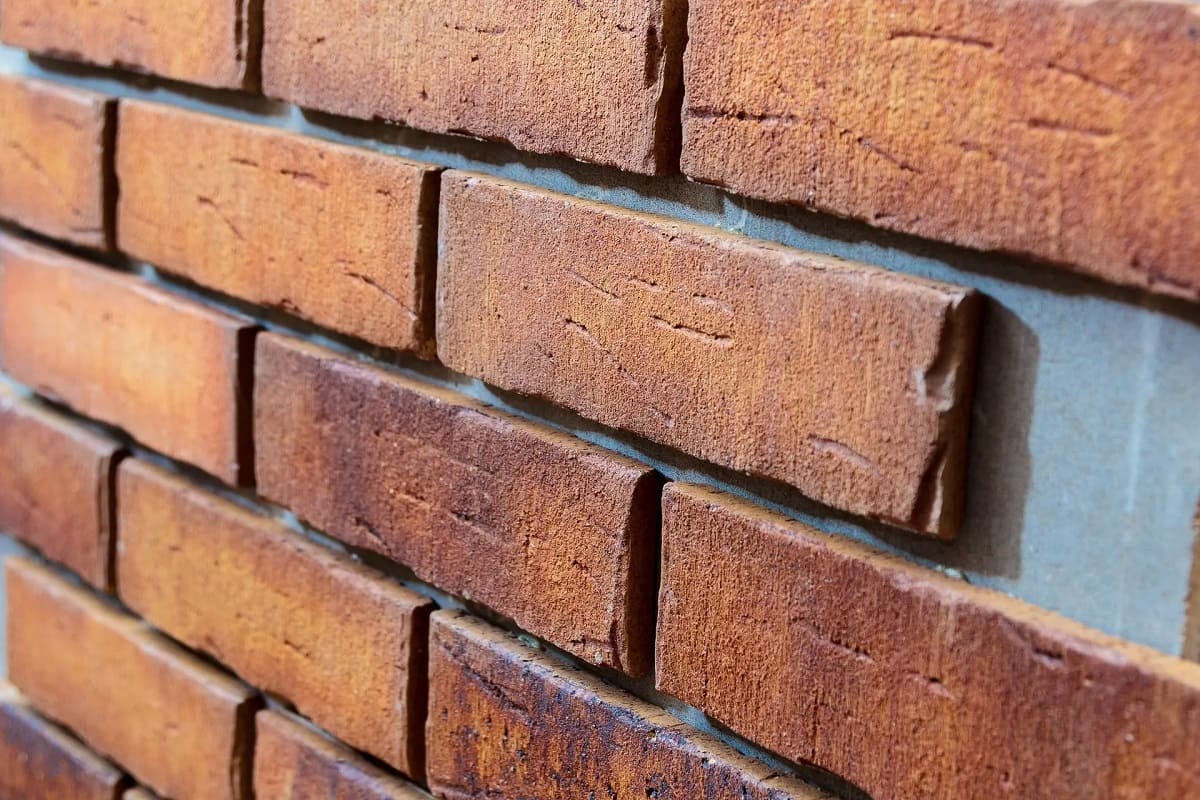

0 thoughts on “What Is A Brick Tie”